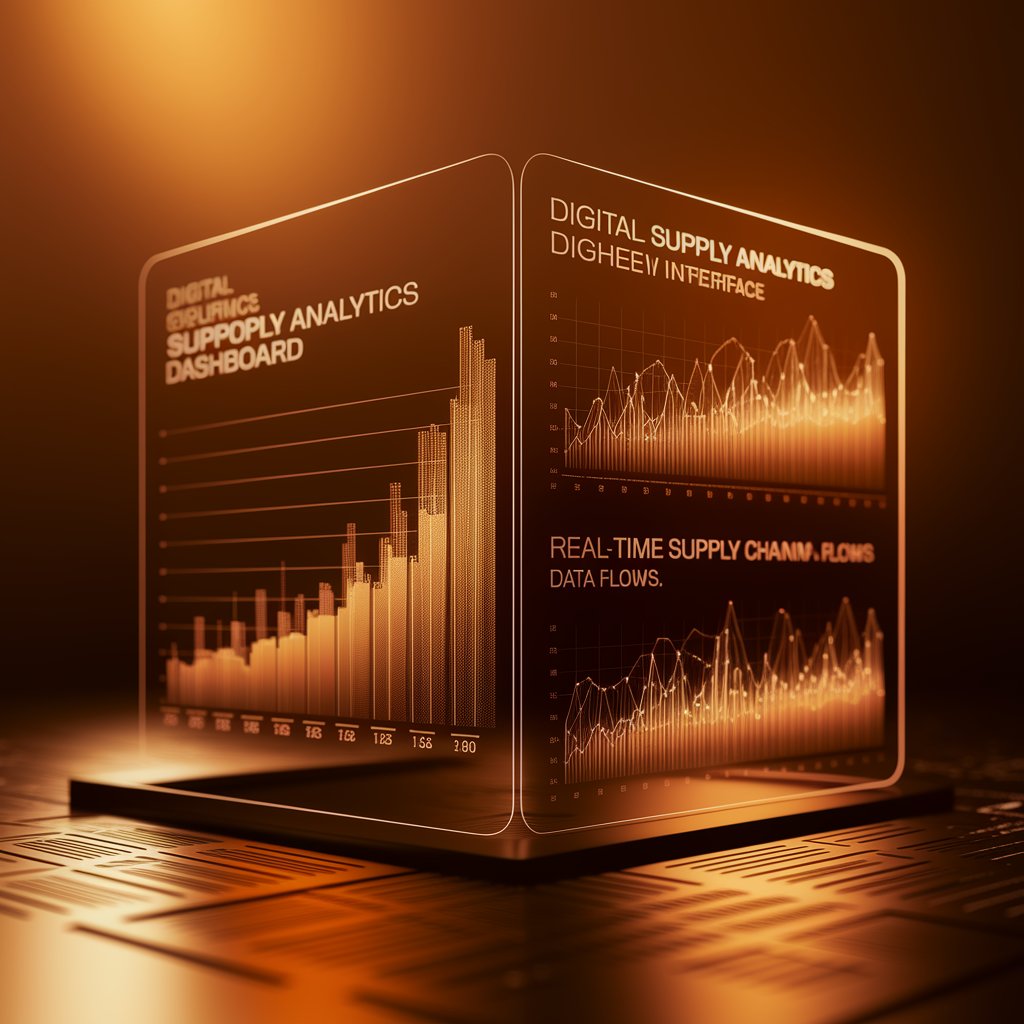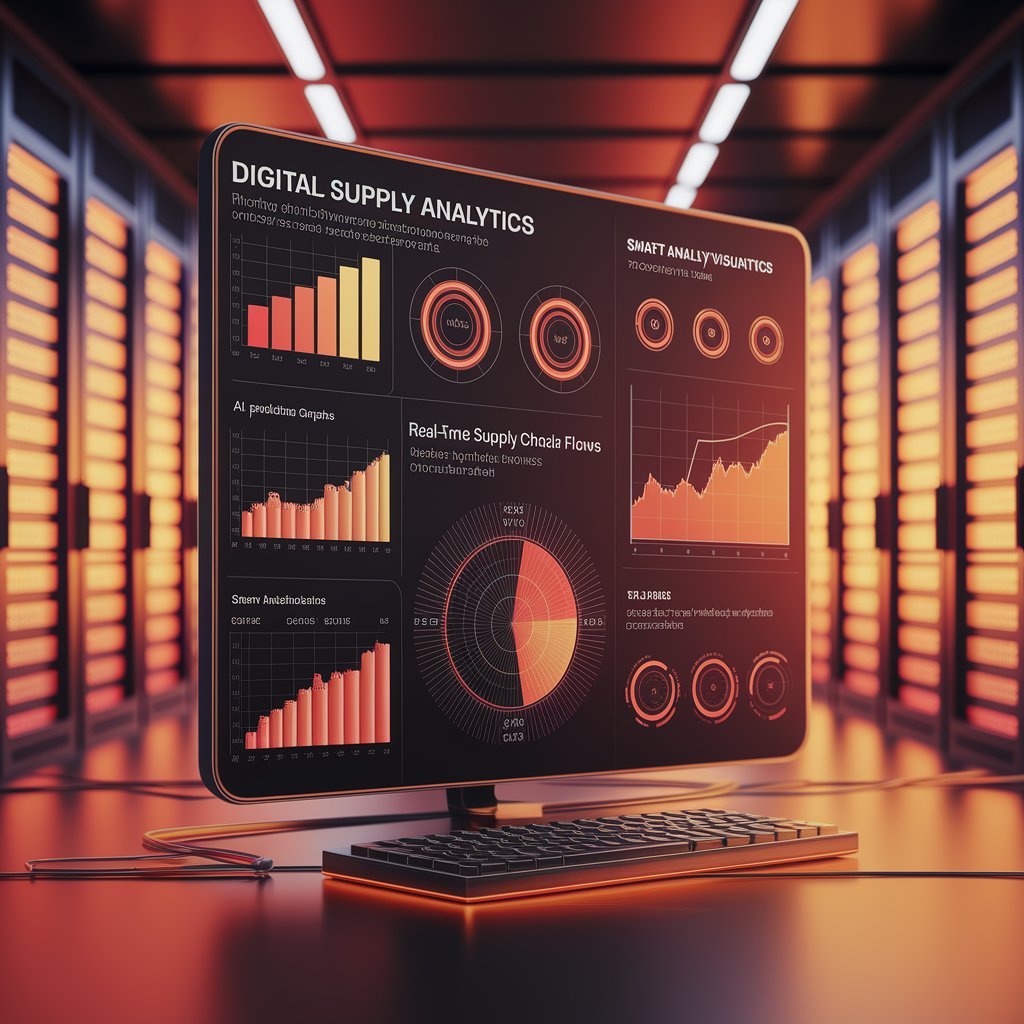Digital Supply Analytics: Data-Driven Logistics Optimization with Linbis

Introduction
That’s why Linbis developed digital supply analytics — a platform that connects all logistics systems, analyzes data in real time, and automates decisions across the supply chain.
With AI and predictive modeling, Linbis helps companies reduce inefficiencies, cut costs, and make data-driven moves faster than the competition.
Step 1: Centralize Supply Chain Data
The foundation of digital supply analytics is data integration.
Linbis connects every key source across the supply chain:
- TMS & ERP systems: shipment and financial data.
- Warehouse & inventory systems: stock levels, turnover rates.
- Carrier APIs: real-time tracking and route data.
- Customer orders: purchase history and demand patterns.
- External feeds: weather, port congestion, and trade metrics.
Once connected, Linbis cleans and standardizes all data automatically — giving companies a single, reliable source of truth.
Step 2: Real-Time Data Analysis
Linbis processes millions of data points in real time to reveal what’s happening across the network:
- Detects inventory shortages before they cause stockouts.
- Identifies bottlenecks in shipping or warehouse flows.
- Tracks transport cost trends across routes and carriers.
- Monitors supplier performance through reliability metrics.
This gives logistics teams the power to act instantly — not react later.
Step 3: Predictive Analytics for Smarter Planning
With AI forecasting models, Linbis predicts what will happen next:
- Demand forecasting: anticipate future customer needs.
- Lead time prediction: estimate delivery delays with accuracy.
- Cost simulation: test rate changes and routing strategies.
- Risk analysis: identify suppliers or regions likely to cause disruption.
Predictive analytics turns logistics from reactive management to proactive optimization.

Step 4: Automation Based on Insights
Linbis connects analytics directly to workflows, so insights trigger actions automatically:
- If demand spike detected, auto-adjust reorder points.
- If delays predicted, reroute shipments dynamically.
- If cost inefficiency found, suggest alternative carriers.
- If KPI deviation detected, send alert to responsible teams.
This automation eliminates repetitive decision-making, creating a self-optimizing logistics system.
Step 5: Interactive Dashboards and Reporting
Linbis provides customizable dashboards with real-time visualizations:
- KPI tracking for cost, delivery, and fulfillment rate.
- Performance benchmarking by region, carrier, or supplier.
- Predictive models displayed as heatmaps and timelines.
- Automated reporting for management and compliance.
Every chart is actionable — not static — allowing users to simulate “what-if” scenarios instantly.
Step 6: Integration Across the Enterprise
Linbis connects digital supply analytics across departments:
- Operations: optimize transport and warehouse flows.
- Finance: monitor cost per shipment and ROI in real time.
- Procurement: evaluate supplier reliability and efficiency.
- Customer Service: access predictive ETAs and performance metrics.
This unified intelligence ensures that every team is working with the same, real-time insights.

Advanced Features
- AI-driven forecasting and optimization.
- Cloud-based dashboards with real-time KPIs.
- Predictive risk management for global logistics.
- Cross-platform data integration (TMS, ERP, CRM, IoT).
- Automated actions based on analytics insights.
Real-World Example 🚛
A 3PL in Singapore implemented Linbis digital supply analytics to improve operational visibility.
Within 4 months, they achieved:
- 28% faster decision-making thanks to automated reporting.
- 22% cost reduction from optimized transport routes.
- 30% higher forecast accuracy through AI modeling.
Now, their management team uses Linbis to monitor and predict performance in real time — without manual spreadsheets or delays.

Benefits 📈
- Visibility: View your supply chain in real time.
- Intelligence: Turn raw data into predictive insights.
- Automation: Act instantly based on analytics.
- Efficiency: Reduce operational costs and delays.
Scalability: Support global supply chain networks effortlessly.
Conclusion
With digital supply analytics, Linbis transforms supply chains into intelligent ecosystems.
AI, automation, and predictive data work together to eliminate inefficiencies, optimize costs, and keep companies ahead of market shifts.
In the era of smart logistics, Linbis gives you not just data — but the intelligence to use it.
